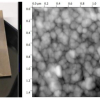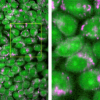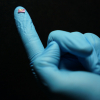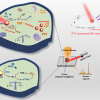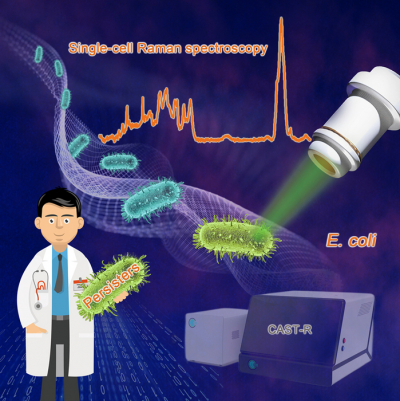
The formation of persisters is an important feature of bacteria like Escherichia coli (E. coli). These noxious cells, being able to go dormant, are highly resistant to antimicrobial treatments and crucially account for various relapsing chronic infections with common symptoms such as severe stomach pain, vomiting and bloody diarrhoea. Formation of persister cells is thought to be one of the most important strategies of bacteria like E. coli for survival under drug treatment and harsh conditions. While little is known about how they form and work, primarily due to technical limitations in previous studies.
“Currently, majority of the work deals with persisters at the whole population level”, said Dr WANG Chuan from The University of Hong Kong. “There are two significant improvements in our study. Firstly, the biochemical synthetic and metabolic activities of E. coli persister cells are analysed on the basis of their molecular quantity, instead of merely observing the dividing rate and/or growth state. Secondly, our observations arise from investigations on single cells rather than the ‘average’ level of the whole population of bacterial persisters.”
Such focus on individual cells has been proved to be important for understanding how the persister cells work. Researchers have used Raman spectroscopy to create a profile of the persister cells that can be used to subsequently identify similar cells.
Traditionally, persister cells have been considered to exist in a dormant state, as they do not grow while undergoing stress like an antimicrobial treatment. However, researchers find that the metabolic activity of the E. coli persister cells is significantly higher than the reference strains of E. coli. “This important new finding implies that persister cells remain to be active even in their dormant state, and this could be one of the crucial ways they are able to survive a high-dose antimicrobial treatment”, said Prof. JIN Lijian from The University of Hong Kong.
“Based on the advanced Raman spectroscopy technology, our study has assessed for the first time the relative levels of biochemical synthesis in E. coli persister cells during their formation and resuscitation, indicating that these persister cells may develop intrinsic strategies via downregulating the replication rate while enhancing biosynthesis for survival and subsequent recovery”, said CHEN Rongze, a doctoral student from the Single-Cell Center, Qingdao Institute of Bioenergy and Bioprocess Technology (QIBEBT) of the Chinese Academy of Sciences.
Importantly, this novel study further reveals the metabolic activity of E. coli persisters under different conditions and an increased level of their metabolic activities as compared to the reference strains of E. coli.
Looking ahead, the researchers are hoping that the current findings could lead to additional discoveries in the near future. “Indeed, we have developed a new instrument called CAST-R (Clinical Antimicrobial Susceptibility Test Ramanometry) to identify and characterise the persisters, so that the investigations can be extended to other pathogens and eventually applied in clinics, by disclosing the mechanisms of microbial pathogenicity for developing novel, personalised therapeutic strategies and approaches”, said Prof. XU Jian at the Single-Cell Center who co-led the study.









